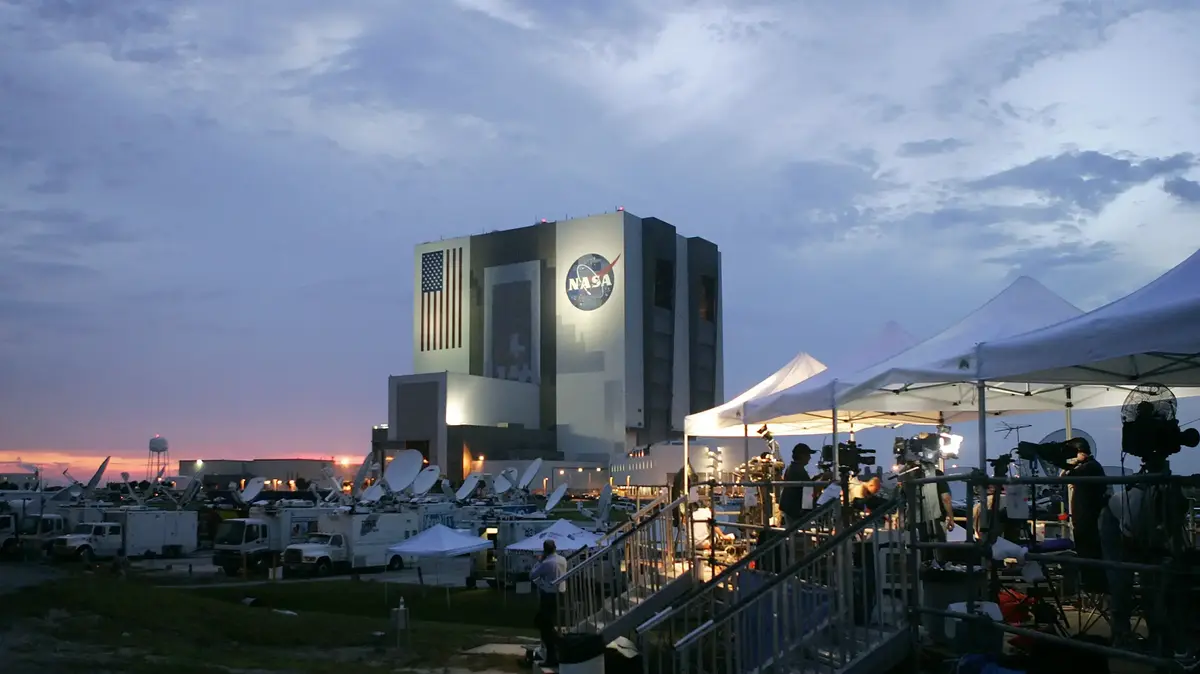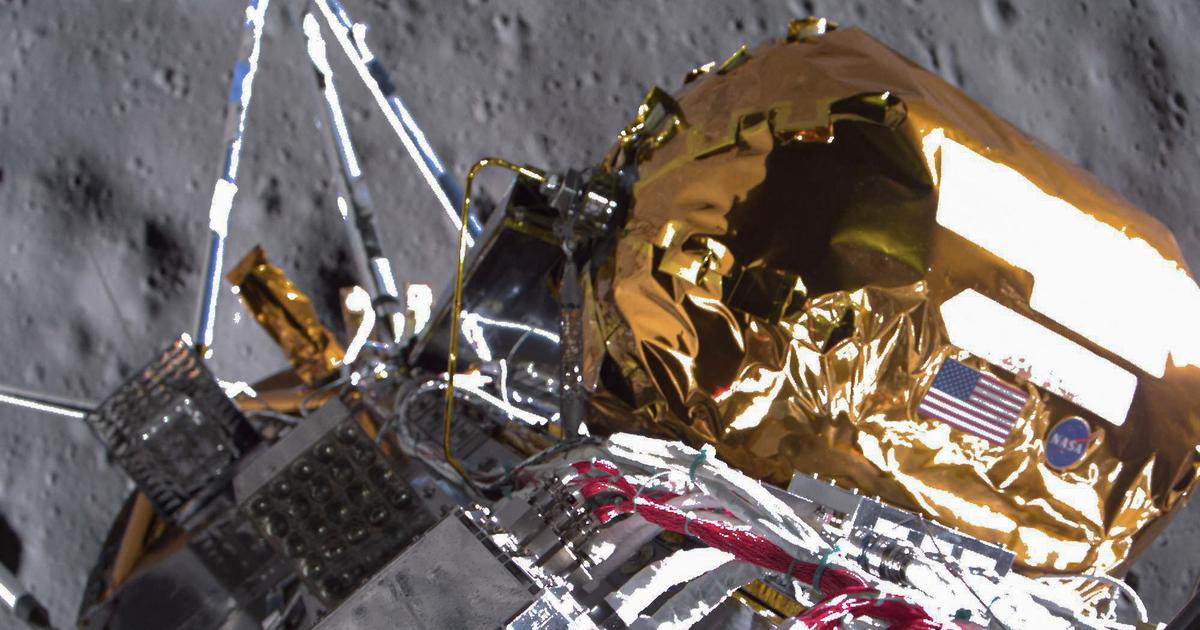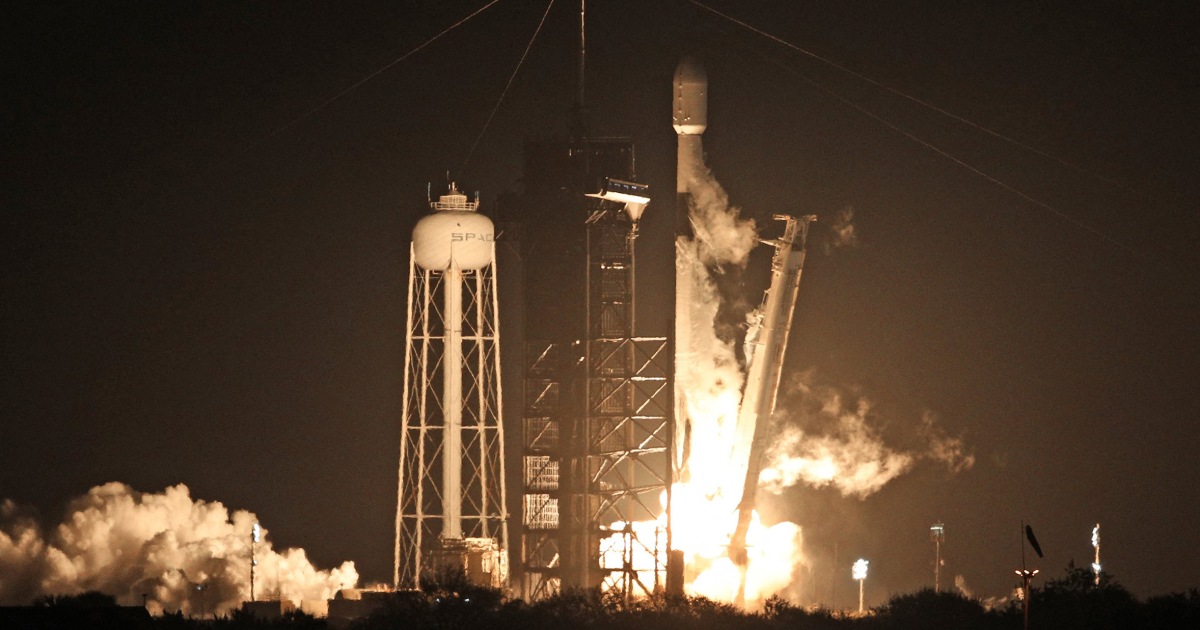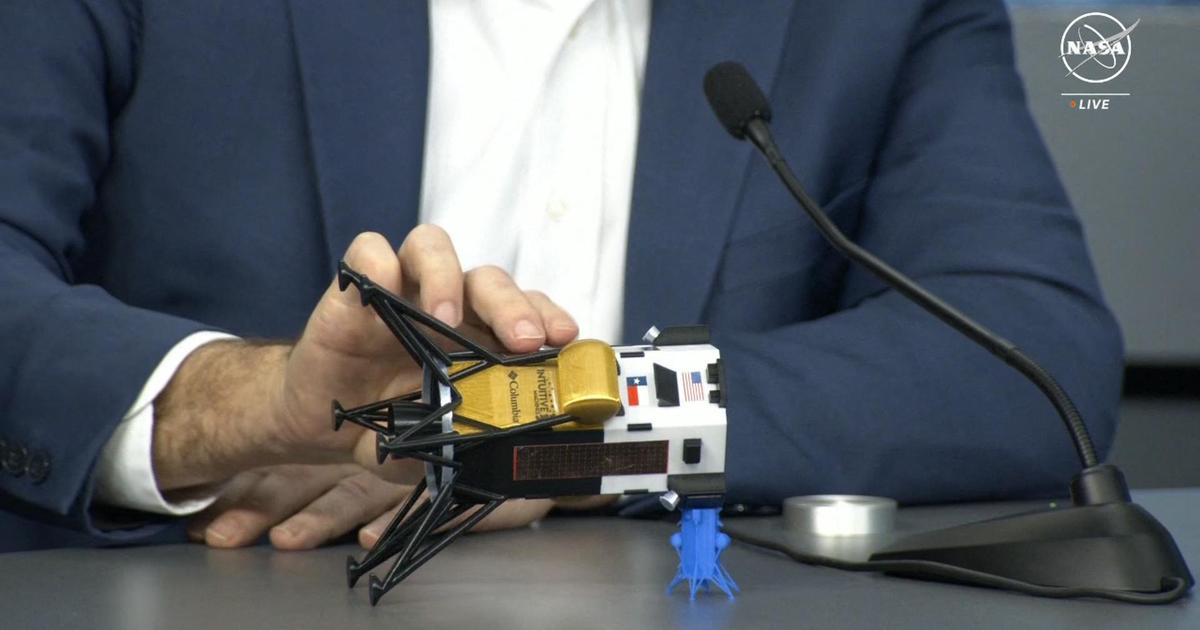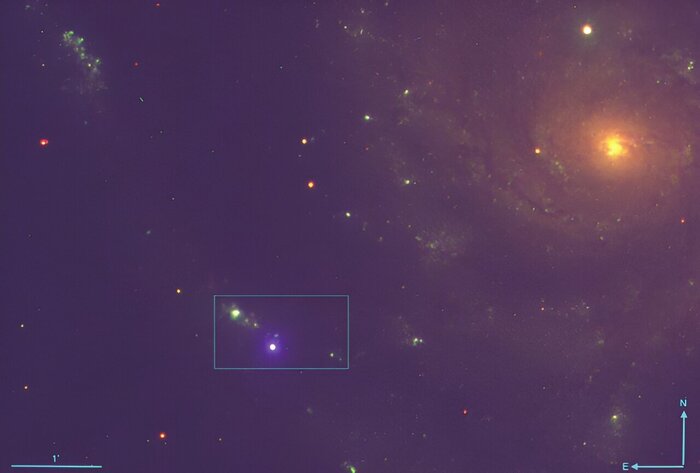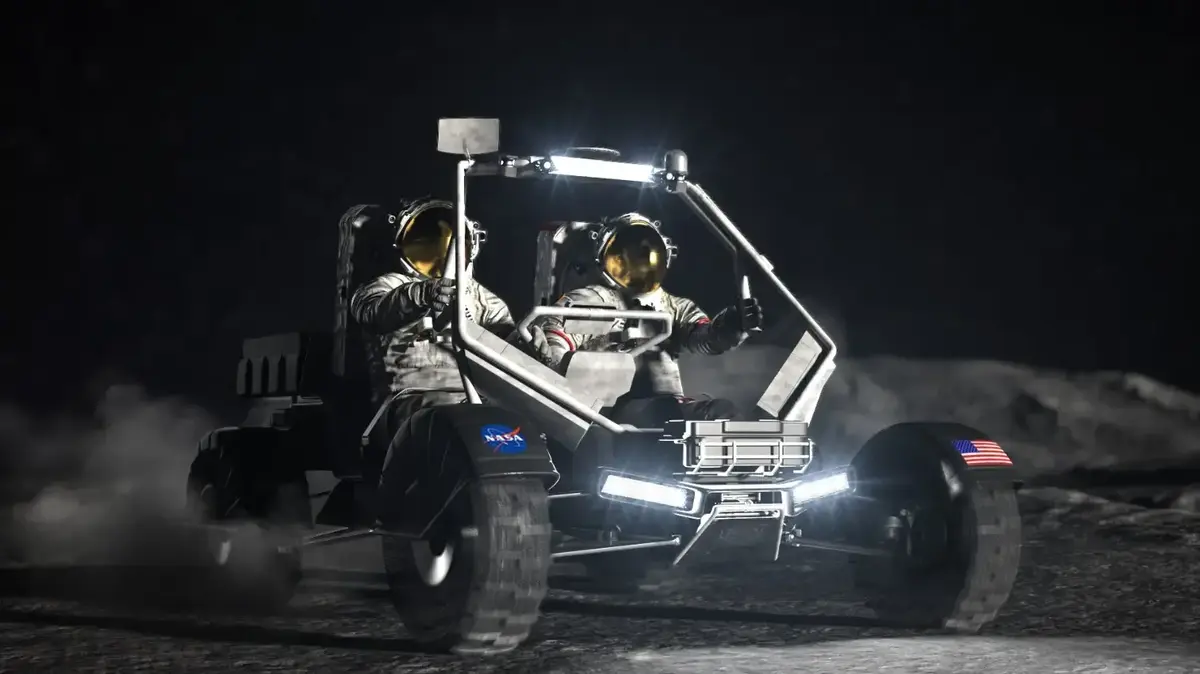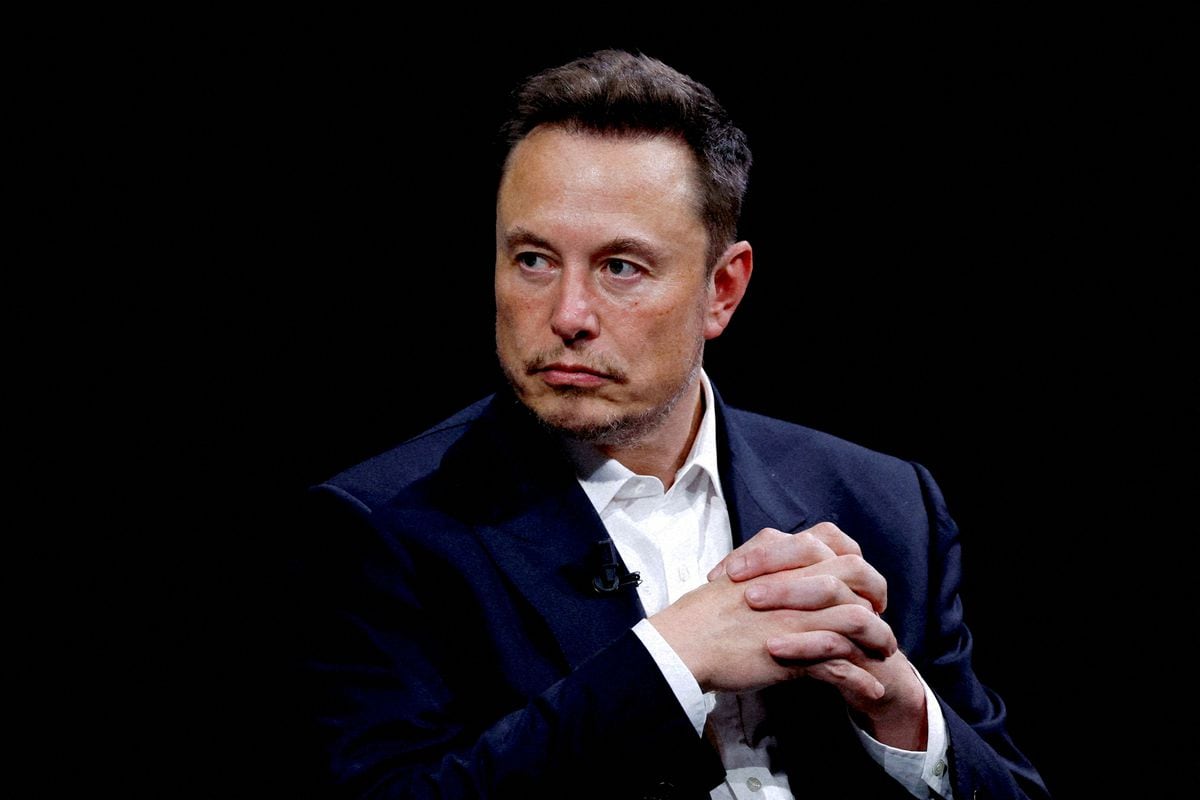NASA (Photo: GettyImages)
Tom Soderstrom has almost no accent but his last name immediately betrays his Swedish origin.
The man of average height, silver-haired and bespectacled now holds the very long title: "Global Director of Chief Technologists in the Public Sector", in Amazon's cloud services division, AWS.
This means that he is the one whose job it is to innovate for the people whose job it is to innovate in public organizations around the world.
I met Sudstorm at the company's conference about two weeks ago in Vegas, but what caught my attention was precisely his previous position - chief technologist of JPL, acronym for the Jet Propulsion Laboratories - the spearhead of NASA and the body responsible for managing and executing all of the agency's space missions American space. In fact, all the astronauts in the United States are JPL employees. The
thought that went through my mind was how smart can you be to be in charge of innovation in a body that is at the cutting edge of space exploration and innovative and outside-the-box thinking is second nature to all of its employees? And Soderstrom,
Our fluid hour-long conversation revolved and wandered between different topics, but in his current position at Amazon, he was mostly proud of a not easy achievement at all: how do you connect bodies and people in space to the Internet?
It is not simply about laying out Bezeq or Hot fibers and a technician connecting a router - connecting people to the Internet in space is not a simple business at all.
How do you bring information systems into space to support research missions in empty space?
Soderstrom is an evangelist, in the positive sense of the word.
Even in his previous role as Chief Technologist and Information Systems Manager for the Jet Propulsion Laboratories, he saw cloud computing as a driving factor and multiplier of innovation.
According to him, "everyone can innovate with cloud computing".
So how do you bring cloud computing beyond the clouds and out into space?
The answer is of course, satellites.
They are the required solution to connect systems and servers that are hundreds and thousands of kilometers on the ground away from the space station or a spacecraft making its way to the moon, such as the Artemis mission that landed back on Earth this week, or even to a permanent base on the moon.
Astronauts also have to check emails, and talk to the children in a Skype video call.
"Everyone can innovate with cloud computing."
Tom Soderstrom (Photo: Public Relations)
Indeed, they made use of satellites, but the most expensive part when purchasing a satellite connection is, well, the connection.
Using the satellite's bandwidth to transmit or receive data to Earth is very expensive.
That's why Söderström and the Amazon people found an original solution to reduce the need for transmissions to a minimum: they keep the information on the satellite itself, and it is only transmitted as needed.
This is how they connected the services and server farms of the cloud services division AWS - almost directly to the space station, and extended the company's cloud services outside the borders of the planet.
By the way, for similar future communication with a base on the moon and beyond, NASA will use its deep space communication network.
"Astronauts also have to check emails, and talk to the children in a video call on Skype."
Cape Canaveral, Florida (Photo: GettyImages)
Alexa in space
Now that we have a network connection in space as well, what can we do with it?
It turns out quite a lot.
Remember the first private space mission Axiom, the one that launched Eitan Stiva into space?
So it turns out that apart from the four wealthy space tourists, aboard Axiom-1 was another hidden passenger: Alexa.
Sudstorm says they used the private space mission to launch Alexa to the International Space Station.
Obviously, they did not send an Echo Dot device into space, but sent a similar board, which contains all the hardware we know from Amazon's smart speakers, only that it is packed in a hardened case adapted to the conditions of space, and that is capable (for obvious security reasons) of operating independently and separately from the space station's computer systems.
All it needs is a power connection and a connection to the antenna array to transmit to Earth.
Alexa in the space version was named
Snowball due to the spherical shape of the device and its white color.
And what does Snowball/Alexa do in space?
Lots.
One example given by the leader of technology and innovation is the use of artificial intelligence to sort photos taken at the station.
Instead of sending hundreds of images to be sorted on Earth and wasting expensive transmission costs (connection from space, remember?), the artificial intelligence is the one that performs the initial sorting of the images locally - and transmits only the best images to Earth.
On board Axiom-1 was another hidden passenger: Alexa.
Eitan Stiva (photo: courtesy of SpaceX)
smart moon
But the snowball is only the tip of the iceberg.
Söderström is a big believer in the space economy, which is already gaining insane proportions with the intense entry of the private sector into the field, and may explode even more in the coming years: think of hotels in space, where every room will have an Alexa device for guest service, or, for example, a permanent camp on the moon that will use the same technologies and monitoring sensors for water production and circulation that are currently used in smart cities.
By and large, Söderström believes that any technology that is reliable, good and tough enough to survive the brutal conditions of space will also be successful on our globe.
"If it succeeds in space, then it will also succeed everywhere on Earth," says the technologist.
And if these things excite the imagination, then Söderström goes even further: with the enormous push of information into space, expert systems, which are artificial intelligence systems that sense the environment, that can consult with each other and make decisions, what he calls "intuitive computing" - that is, Alongside the developments in quantum computing, which he believes will become widely available in the future and will be able to make complex decisions in a fraction of a second, will be a supporting and decisive factor in the expansion of the human race beyond the borders of the earth.
"I'm a fortune teller, and every time I make a prediction - I find out that I'm too conservative," he concludes with a smile.
technology
Tags
NASA

